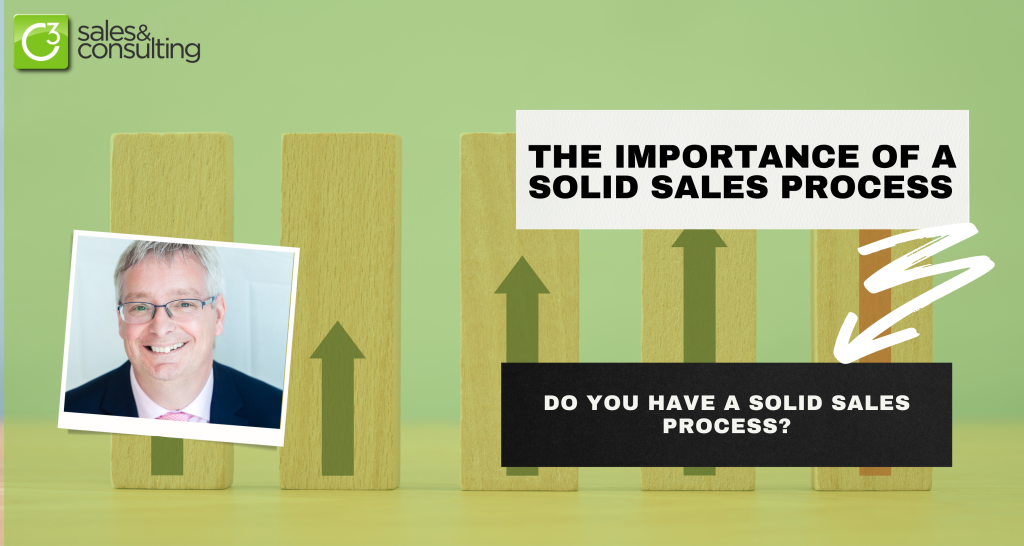The term ‘sales process’ can strike fear for many businesses; mainly because they don’t have one set up. Or, so they think.
No different to any other operation within a business, when selling you should look to have a sales process in place that any one can pick up, implement and follow to the tee. Many businesses actually already have a sales process set up but simply do not know they have.
Or perhaps they have set one up purposefully, but have never taken the time to study it, rehearse it, or refine it.
We now want to share with you a simple sales process that can be implemented within any business, and should help to clear up any confusion around what a sales process is, and how it can be used.
This 7 step plan MAY need some tweaking for your business, but should still form a solid foundation for you to take away and use. But before we get into that, just why is a sales process so important?
A sales process is no more than a road map to guide your sales team towards turning potential leads into customers; without a map, you might get to your final destination but may have taken many a wrong turn on the way!
This will also help you to get new team members up to speed with how you operate, and will allow all of your sales team to operate as one unit with no worries or concerns throughout.
Now, why don’t we share with you that 7-step Sales Process we mentioned before?
-Prospect
-Connect with Leads
-Research
-Pitch
-Objection Handling
-Closing
-Nurture, and Continuation
First of all, you need to prospect and look for people to do business with. This could be done via social media platforms, cold-calling, events or even by asking for referrals.
Secondly, it is important you connect with your leads and start to gather information; this also includes the qualifying the lead to ensure they are a good fit. This can be done via a telephone call, a meeting, a video call or similar. This is your chance to start to develop a relationship with your leads, and will give you the chance to understand their needs.
Research is crucial when it comes to sales, and the research phase of your sales process is your chance to understand more about your customer, their business, their challenges and will form the base knowledge on which you can build your pitch. This research can be done online, by talking to colleagues or by reading white papers. Remember, knowledge is power!
Next comes the pitch. If you have done all of the earlier steps correct, you will know that you are pitching to the right person or people, and you will know how to pitch. It is great to have a foundation of your pitch that can always be used, but it is important to personalise each pitch to each person and to each business; which is where a lot of your research starts to come into its own.
It is rare to pitch any product or service without hearing objections, so be ready and prepared to handle these when they crop up. We have recently published a blog on objection handling so please be sure to check that out!
Closing the sale is vitally important, as we are sure you can understand. Without the closing stage of your sales process, you won’t be able to sell! In theory, the close should always be mutually beneficial. Always look to ask for the sale and ensure all necessary paperwork is complete before you celebrate!
Then, finally, don’t give up straight after the sale! Make sure you nurture your customer, and continue to sell. Is the customer happy and satisfied? Can they refer you to any of their contacts? Is there anything you can up-sell or cross-sell?
As mentioned earlier, this is a very loose sales process however should make for a good foundation for you to build and implement into your business!
If you are struggling with your sales process, the team here at C3 Sales are on hand to learn your business, and implement a sales process that will support all of your sales activities. Be sure to get in touch with us if you feel we can support you and your team.




